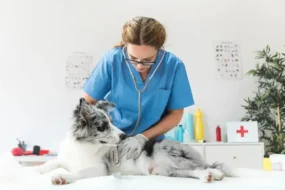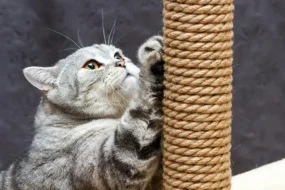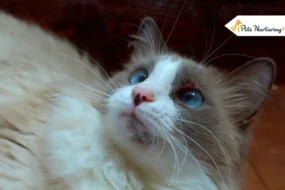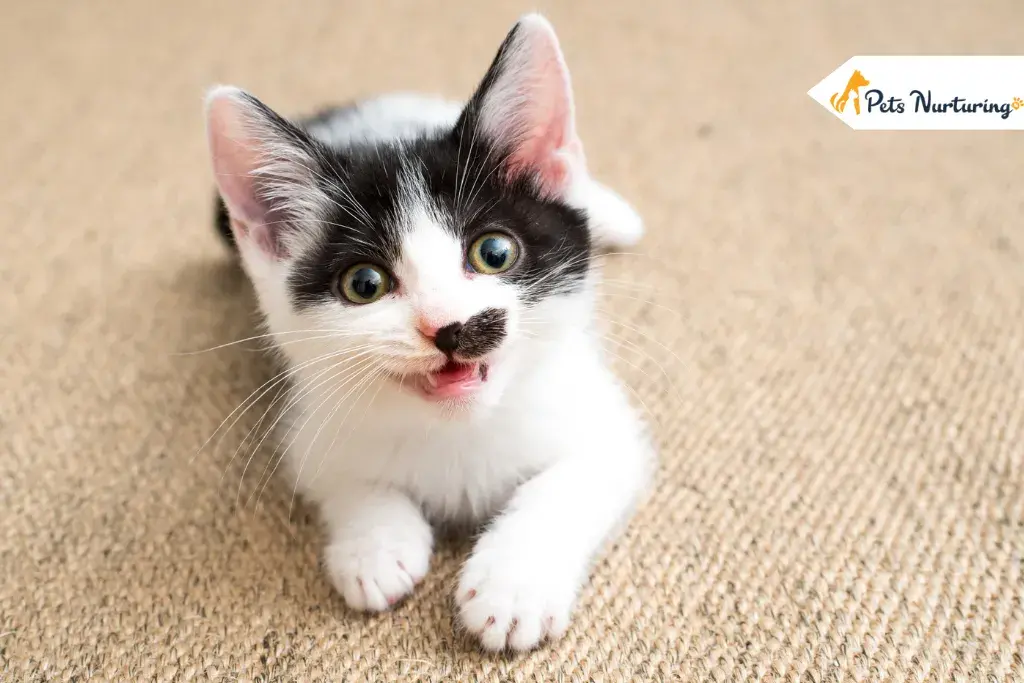
Getting your first kittens can be an exciting time. With two or more kittens, you and your family will have new adorable playmates to play with and gush over.
Since cats are low maintenance, quiet, and independent, your family won’t be too hard-pressed and stressed about taking care of them, even when they are still young.
But even if kittens are amazing bundles of joy, expect the first month with your new pets to be a period of great change.
As a first-time cat parent, you’ll have to go through challenges and new experiences that will mold you into a great pet owner.
What You Need to Know About Feeding Kittens
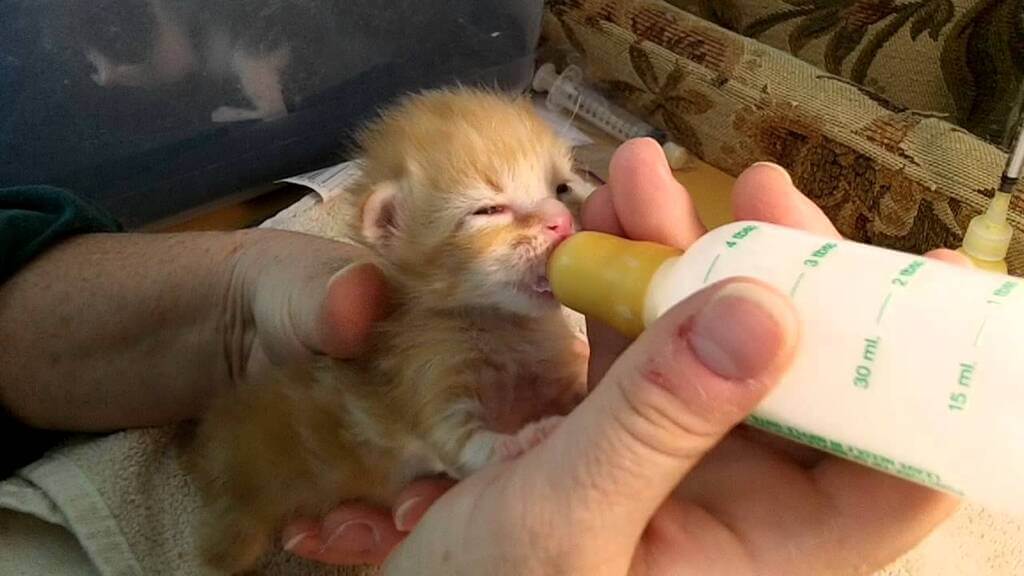
Feeding your first kittens correctly is one of the most important things you’ll have to learn and master when you become a cat parent.
Kittens have different nutritional needs and eating habits than older ones, so you’ll have to be smarter and more careful when feeding them.
If you need a guide for feeding your kittens to keep them healthy and happy as soon as they arrive in your home, read on below:
Know Your Options
Kittens have their line of wet and dry cat food. These products are specially formulated for young month-old cats and contain high levels of the nutrients they need for optimum growth and health.
These nutrients include calcium, iron, magnesium, protein, and zinc, essential for their growth and healthy bones and teeth.
Dry kitten food is easy to measure. As such, you can follow the recommended serving portions.
Dry kitty food also helps keep your kittens’ mouths healthy. They remove plaque from and strengthen their teeth.
Lastly, dry pet food varieties have a lengthier shelf life, which means you will keep them longer as long as you follow the correct storage practices.
For young kittens, make sure you choose the smallest kibble pieces available so that they will have an easier time chewing and swallowing their food.
Most kitties are partial to wet food since it is softer, easier to eat, and its aroma is stronger. Wet food is also practical and cost-effective since it comes in single-serve pouches and tins, which means you can always serve your pets fresh food during mealtime.
Wet kitten food also helps keep your pets hydrated even when they don’t drink a lot of water.
Unless your kittens’ vet prescribes a particular type of food, you can choose whether to feed them the dry or wet variety.
Feed Your Kittens Both Wet and Dry Foods
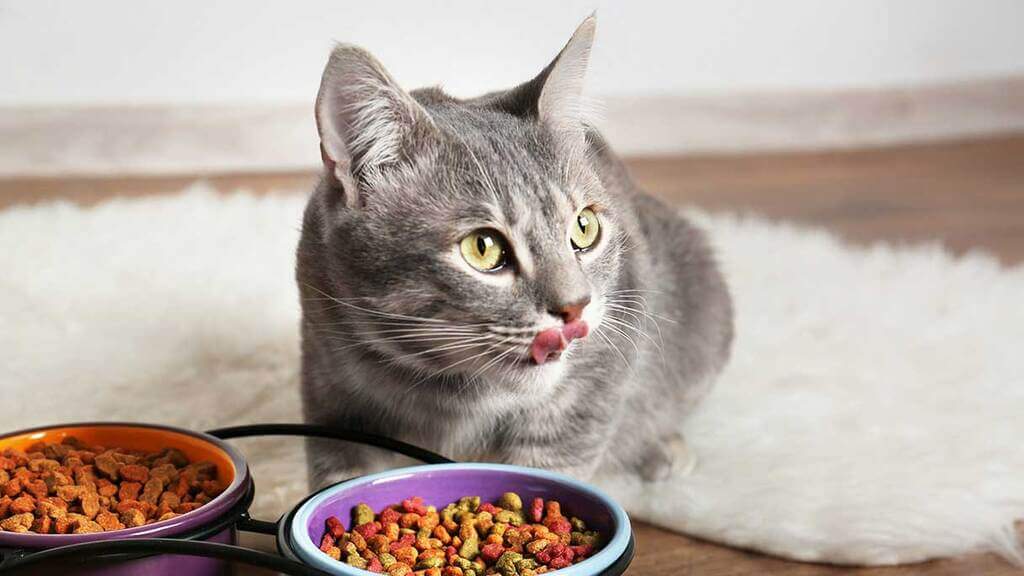
Giving your kittens both wet and dry foods offers several benefits that you will do well following this feeding technique.
Kitties need at least some wet food as part of their diet, particularly if you notice your pets are having difficulty chewing kibble. Doing so ensures your kittens eat well and get the nutrition they need every day.
If your kitties have been recently weaned from their mother’s milk, combine one part of water and three parts of wet or dry kitten food during their first few meals.
This oatmeal-like texture will make it easier for your pets to finish their meals.
Gradually reduce the amount of water and add more food over the next two weeks to get your kittens accustomed to the actual texture of what they’ll be eating regularly.
Feeding your pets wet and dry foods will also make it easier for you to switch products or brands.
Create and Follow a Feeding Routine
Cats are creatures of habit. Because of this reason, getting them on a fixed feeding routine will help you and your pet greatly in the long run.
Below are some tips for creating a feeding routine:
- Whether your kitties are on a wet or dry diet or a combination of the two, feed them three to four times a day. This means giving them small meals several times throughout the day. However, make sure their meals stay within their total daily calorie needs.
- Consider investing in an automatic feeder that dispenses small amounts of kibble at pre-set times throughout the day. This tool ensures you maintain the frequency of your kitties’ meals and that they eat wet and dry food.
- Use bowls designed for kittens. Make sure these are clean before placing fresh food in them and always wash them after feeding your pets their last meal for the day.
- Feed your kittens in the same place and at the same time daily. Choose a quiet place where your kitties can relax, won’t be distracted easily, and are far away from their litter box.
Finally, ensure the kittens have their bowls and are far from each other to prevent them from fighting over food.
Be Careful About Feeding Your Kittens Snacks
Feeding your first kittens treats is great for bonding with and rewarding them. However, if they are still growing, you have to tread lightly.
While your kitties are young, avoid giving them leftover human food. This is because most of what you eat is often rich in calories but does not contain the nutrients your pets need.
Some of the usual food you eat may even cause health issues in your kittens.
Also, several cat treats are not formulated for young kittens. Some may be too large so they can cause suffocation.
As such, it is best not to give your kittens treats until they reach adulthood. And even then, make sure you choose highly recommended products for cats.
If you want to give your kitties treats, give them a few pieces of their current dry kibbles. You can include these snacks in their recommended daily caloric intake.
Make Sure Your Kittens Stay Hydrated
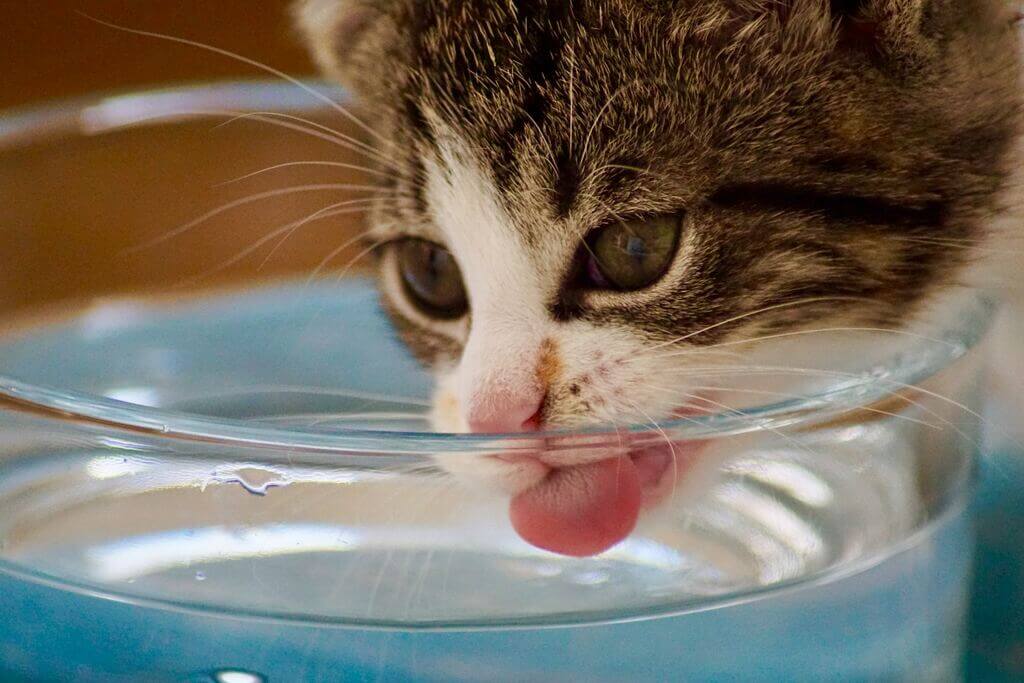
Your kitties also need water to stay healthy and grow at a normal pace. Because of this, you need to ensure your pets always have access to clean, fresh water.
Choose water bowls that are low enough so your small kittens can drink from them comfortably.
Ceramic bowls, which you can get from leading pet shops in Dubai, are excellent options since some kittens don’t like seeing their reflection when they drink (which could happen when they have metal ones).
If your kittens hate drinking, switch their bowls to larger ones since they may not like it when their whiskers rub against the sides of the container.
Lastly, ensure their food and water bowls are far away from their litter boxes.
If you are unsure about what and how to feed your kittens, speak with your vet. Rely on their guidance to ensure you raise healthy and happy cats.
Keep reading :








